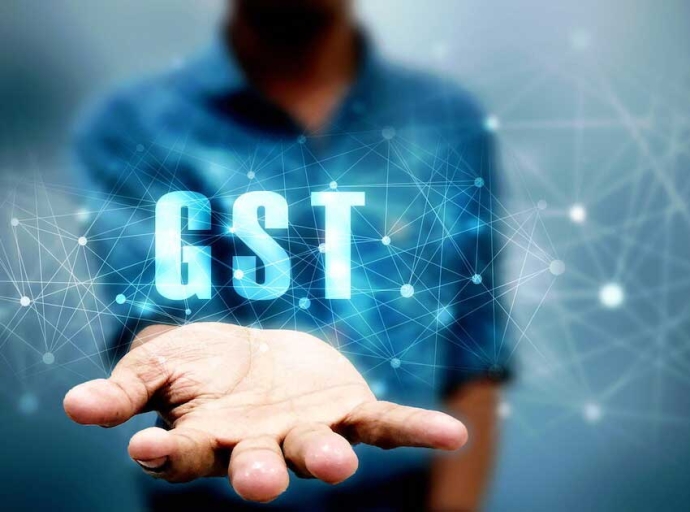15 February 2023, Mumbai
A quick perspective; Typically these are a platform to engage the leading importers wherein potential buyers & importers from abroad are invited to the show; and quite a number of times in the Indian textile industry the event is organized under the Market Access Initiative (MAI) scheme/under the aegis of Ministry of Commerce and Industry, Govt. of India to drive the point home.
Generally it has a great probability of success in terms of the participation of potential buyers from abroad and business generation. Thereby, the visiting buyers get a unique opportunity to see the latest products of leading companies in the sector under one roof.
One great example of this media is when,” The 10th and 11th of February 2023 saw the beginning of the journey of a series of "UPNEXT INDIA" reverse buyer-seller meetings, which began with Japan.
In front of foreign buyers and exhibitors, Naren Goenka, Chairman of the Apparel Export Promotion Council (AEPC), and the other members of the Export Council (EC) officially opened the inaugural edition of up next India 2023 today at Apparel House in Gurugram (Dellhi, NCR)”.
Does it lead to supply chain cost savings?
The Ministry of Commerce and Industry uses the Market Access Initiative (MAI) Scheme to promote Upnext India, which AEPC coordinates. 84 influential Japanese buyers, including trading firms and retail chains/stores, were in India to seek their needs from the 112 Indian exhibitors showcasing the wide variety of RMG that reflect Japanese taste.
Naren Goenka, Chairman of AEPC, highlighted the shifting market dynamics by stating, "We hold a substantial business opportunity in Japan, reflected by the fact that China, which has been a significant supplier of clothing to Japan, has seen a decline in the past five years, giving India a considerable advantage.
The apparel industry in both nations is preparing to expand this commerce by utilizing duty-free entry for Indian RMG after the Indo-Japan CEPA agreement, as opposed to an estimated 9% for China and Turkey.
The exercise is designed broadly to invite leading buyers from a range of countries by proxy directly or indirectly and involves the sponsorship of guests in quite a number of cases aiming at enabling a more decisive, constructive, meaningful, and end of it a FRUITFUL VISITATION and, the merit of it cannot be overstated.
The world's most significant supply of cotton, jute, silk, and wool as raw materials is available to the Indian garment industry, which is also home to the second-largest capacity for spinning and weaving.
Quintessential Indian; This presents a chance for the sector to add 95% of value domestically, enabling India to provide the world with a total value chain solution from agriculture to fashion and extending a competitive edge by reducing lead times to reach our buyers.
The Indian clothing sector has advanced to expanding into new MMF garments fields after having established itself in traditional clothes, “Chairman AEPC remarked.
Japanese firms have two competitive advantages as a platform for apparel/clothing sourcing, according to Shri Sudhir Sekhri, Vice Chairman of AEPC, in his speech. These benefits include sourcing cost and flexibility, and agility.
Small customized orders of 300 pieces and big orders of 3 lakh pieces of one type may be fulfilled by Indian vendors. Despite Covid 19, there has been a good increase in garment imports into Japan over the past three years, giving India's apparel sector significant potential”.
"Upcoming India looks forward to forging bridges of collaborations between the Indian exporter community and Buyers globally, commencing with Japan. We hope to help Japanese businesses prepare for further sourcing from India through this event," said Ashok G Rajani, Chairman of Fairs and Exhibition, AEPC.
The Reverse Buyer Seller Meet's Japan-focused 2023 edition hosted interested apparel and fashion accessories exporters as it was a great honor to have discernible buyers offering them a forum to interact with Japanese brands and customers.
Expected outcome
The many types of clothing, including the summer and winter collections, are on exhibit from Indian RMG enterprises. The theme pavilions for startups in the technology and sustainability domains, two critical sectors where the Indian apparel industry is undergoing significant shifts, will also be present over the two days of Upnext India 2023.
In addition, the exhibition will feature several panel discussions where experts, business executives, and academics will debate topics, including trade outlook, ESG compliance, and emerging technologies to help the sector prepare for the future.
Historic perspective
India exported readymade garments worth US$ 0.22 billion to Japan with a share of 0.9% in 2022 (up until November), showing that there is significant room for Indian apparel manufacturers and Japanese readymade garment importers to close the gap and start a new chapter in the India-Japan apparel trade, textiles.
Reference point
The underlying purpose of let us say any Reverse Buyer Seller Meet invariably is to offer an achievable possibility to a prospective/targetted set of importers/buyers to engage possibly one-on-one, closely interact with their counterparts explore business prospects understand mutual needs and requirements as a productive outcome of the initiative thereby, optimizing meaningfully the economic gains.
What is remarkably arguable is," India is in a uniquely good place & well poised to be the next ‘+’ opportunity for the global supply chains as new narrative building in the globalized markets interestingly is discovery mechanism, The Geopolitical Economic Imperative for Reorganising Global Supply making reverse buyer-sellers meet making much-needed, relevant and to the point".
Latest Publications


































